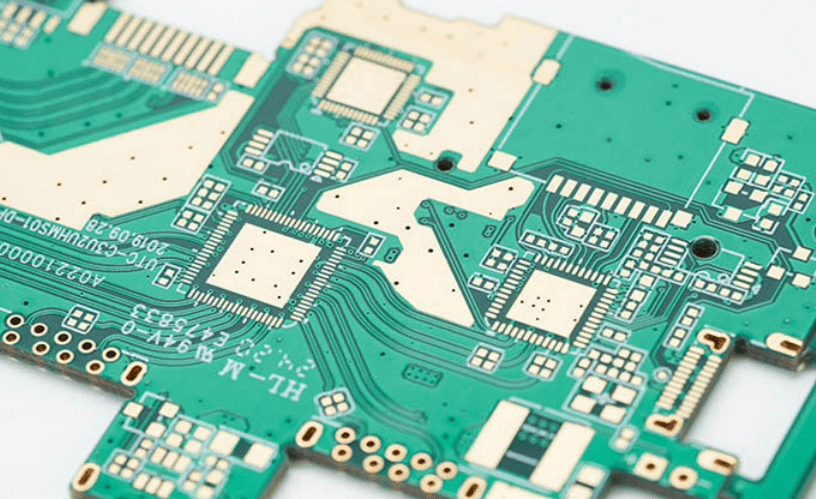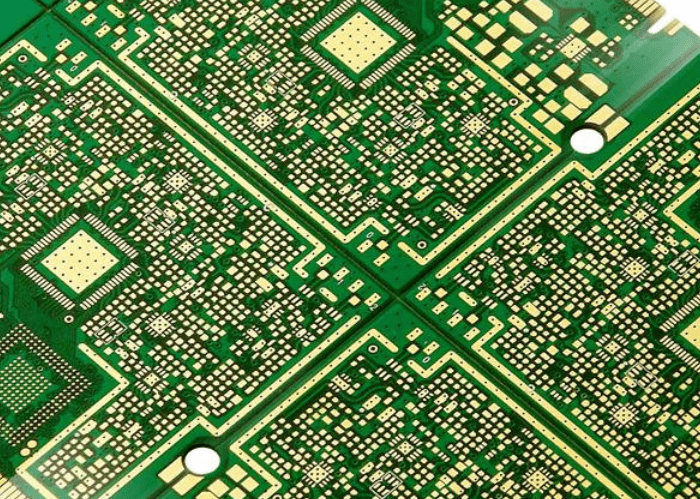The temperature rating of a Printed Circuit Board (PCB) can have an impact on how it functions. This is why it is important to check the temperature and ensure that it sticks to the right ratings at all times.
TG has become the popular metric for measuring the circuit board’s temperature and in this article, you will learn how important it is.
What is TG?
The full meaning is Glass Transition Temperature. It is both the base material parameter for the temperature (˚C), as well as the mechanical property that shows the temperature at which a fiberglass, in this case, the PCB, can become amorphous, especially when it is exposed to lamination at higher temperatures.

What is the Relevance of TG for PCBs?
One may wonder what the relationship is between the Glass Transition Temperature (TG) and the Printed Circuit Boards (PCBs). The major relationship between the two is that the TG helps to highlight the level at which the Printed Circuit Board (PCB) can get to before it becomes susceptible to the rigidity that comes with lamination.
The Correlation of the TG and the Substrate
It can sometimes be confusing to determine the PCB TG, when you are not sure if the Glass Transition Temperature (TG) is lower or higher.
The ideal way to be sure is to use a simple calculation, which is that the working or operating temperature of the PCB should be lower than the Glass Transition Temperature (TG) of the substrate.
To that end, once the TG value or rating of the PCB goes above that of the substrate, it is likely to cause problems.
What is the Ideal PCB TG?
The ideal operating temperatures for Printed Circuit Boards (PCBs) are generally classified into three (3) different classes. These are the Standard, Median and the High. The High TG is mostly preferred because of the stability and reliable performance is brings to the PCB.
The Standard TG also called the Standard FR4 TG, ranges between 130 and 140˚C of operating temperature for the PCB.
The Median TG has the PCB’s operating temperature at 150˚C.
The High TG is usually higher than 170˚C.
Exceptions
There might be exceptions to the above, especially for the High TG FR4, which tends to have a higher chemical and mechanical resistance to both moisture and heat, when compared to the Standard FR4 TG.
Understanding the Transition
It is almost impossible to burn or subject Printed Circuit Boards (PCBs) to excessive heat that would melt the boards. Rather, what happens is a transition from one state to another and that is possible because of the Glass Transition Temperature (TG) in the PCB.
Now, what this means is that instead of the circuit boards to melt or become softened, they would rather transition or move from a state of being hard and crisp to become rubbery or rubber-like.
Why the PCB TG must be Maintained
One of the main reasons why the TG of the circuit board must not be exceeded, at least, not above the TG value of the substrate is because of the following reasons:
1. Property Loss
It is possible for the Printed Circuit Board (PCB) lose a considerable amount of the electrical and mechanical properties when it exceeds the TG value of the substrate.

2. Changes in the Substrate
The substrate of the PCB will be at the receiving end when the PCB TG exceeds. In this case, the substrate would be subjected to changing from the glassy state to a rubbery state.
Disparities in the PCB TG
There has been a need to balance how the Glass Transition Temperature (TG) of PCBs is measured, considering that some of these circuit boards differ by the technical properties they have.
However, it must be mentioned that the greater disparity between the technical properties of PCBs has to do with the inability to come up with a precise measurement or deterministic pattern for the TG.
This disparity is tenable because of certain factors, ranging from the molecular structure of the PCB’s material, the use cases and the heating processes of the materials.
However, it must be noted that the disparity notwithstanding, the PCB tends to undergone both structural changes from glass to rubbery, as well as becoming prone to either breaking or crackling.
What is the Best TG for PCBs?
If you are to choose between the different Glass Transition Temperatures (TGs) of PCBs, the High TG should be a better choice.
Here are some reasons why choosing the High TG is better:

Higher Temperature Requirement Matching
The High PCB TG is ideal for use with the circuit boards that require a higher temperature, especially the ones up to 170˚C.
Improved PCB Stability
The stability and reliability of the Printed Circuit Board (PCB) tend to change, as the board’s material in particular and the properties in extension, are subject to expansion and structural changes, as the temperature increases.
In light of that, it is imperative to use a Glass Transition Temperature (TG) that can keep the board’s performance at optimum levels, despite the temperature increment. The High TG meets that requirement, as provides a better chemical and mechanical resistance for the PCB than the Standard FR4 TG could have provided.
Also, the High TG also extends the circuit board’s lifespan, by reducing potential PCB working failures, including short circuiting.
High TG Assures of Lower Thermal Expansion
Using the High TG in your Printed Circuit Board (PCB) is an excellent way to reduce the board’s material’s chances of expansion.

It is obtainable because the Higher TG of PCBs tends to undergone minimal changes, even when operating at higher temperatures. That way, you can be sure of less susceptibility of the PCB to breaking or crackling after bulging under higher operating temperatures.
Versatile Usage
The use of TG PCBs with higher temperature ratings is not limited to single boards. You can also use the High TG with multilayered circuit boards. The reason is simple: multilayered PCBs tend to produce more heat, which is as a result of the placement of several electronic components in a compact space.
By using the substrate made of the High TG material, it becomes possible to keep the circuit board at optimal performance, despite the clusters.
Conclusion
Out of the three (3) major classes of PCB TGs, the High TG stands out because of the higher stability, the ideal use with multilayered PCBs and the lower thermal expansion. PCBs with higher TGs can be used in the automotive, metal and aerospace industries.
Comments are closed